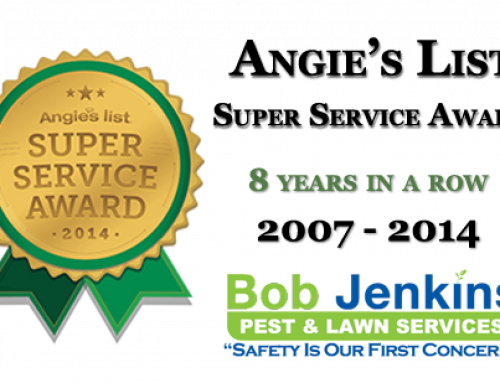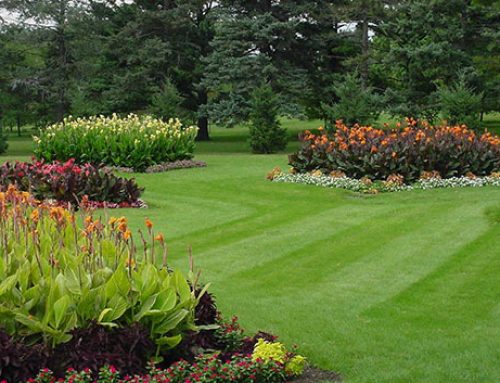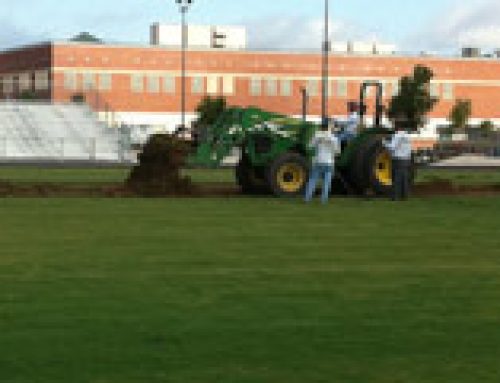Lawn Care Tips For The South
Having a beautiful lawn can add up 18% to your home’s overall value so you should make the most of whatever yard space you have. Many homeowners take pride in their garden, and so they should do, as it’s not easy to grow and maintain a healthy lawn. Using San Antonio lawn care services is a great way to keep your yard looking perfect if you don’t have the time to or if you are unable to do it yourself. 
It can sometimes work out cheaper than doing it yourself as you don’t have to purchase any of the equipment or products, and you don’t have to apply them yourself with a risk of doing it wrong. Some pests, such as the June Bug, can be a nuisance when you want a luscious green lawn. If you are having a problem with pests in your yard, call our San Antonio pest control service.
Although it may be easier to get someone else to do your lawn care for you, a lot of people feel more proud of their yard when they do the work themselves. If you are a do-it-yourself type of person, here are some monthly tips for maintaining a lawn in the South.
January – If you get a nice dry winter day, it’s a good time to mow your dormant lawn. This allows you to remove any fallen foliage and inspect for winter weeds. January is also an excellent opportunity to plant new trees or shrubs.
February – This is a good time of year to prune your trees unless they are birches and maples. You may see an increase of winter weeds on your lawn, now is the time to pull them by hand or to apply a spot application of post-emergence herbicide. Always ensure that the product is suitable for your grass type and follow the directions on the label.
March – During March, your turf may begin to green up; this is a good time for you to consider applying lime to your lawn. Doing the soil test will allow you to figure out how much lime needs applying to your lawn. If you are unable to test your soil, the general guideline is between 15 – 20 pounds per 100 square feet of lawn. March is also the month that azaleas begin to bloom.
April – Winter should be fully gone by now, so it’s time to replace any mulch that you have around your plants. Removing the old mulch and replacing it with new mulch means you are removing disease spores and any insects that have overwintered in it. If you have a warm-season turf, April is a good time to begin cutting it. Make sure that your blade height is correct; you want your lawn to look cut but not scalped. When the frost period has passed, you can safely begin to plant herbs again.
May – In May, you should start to fertilize your lawn on a regular basis. Depending on what type of turf you have, you will have to use a fertilizer that best suits it as some need very little and others like high nitrogen. Apply your fertilizer correctly by following any label directions as you can burn your lawn with fertilizer. Prune away any remaining winter damage on your plants, trees, etc. May is the best season to plant your summer annuals such as marigolds, petunias and more. When you are planting them from pots or trays, you want to make sure that the roots are not matted up otherwise they won’t be able to expand fully into their new soil.
June – As the temperature begins to rise, plants that are in containers or hanging baskets can dry out a lot quicker. You need to pay some more attention and water them more frequently. You can place houseplants outside during June, but you need to water them regularly and keep them in a shaded area. You can also add some extra mulch to reduce any heat stress and water loss to your plants.
July – During July, there may be droughts due to the heat. You should raise the height of your lawnmower blade to around 1 – 1.5 inches. This helps to protect your lawn, and taller turf can reduce weeds and slow down evaporation. If you have birdbaths in your yard, you should relocate them to a shaded area, maybe under a tree as this will stop the water from heating up too much and will give the birds some shelter.
August – During August, it’s a good time to plant fall vegetables. Broccoli, lettuce, cauliflower, English peas, turnips, and collards are the best ones to plant. Your lawn may be quite dry, so before you mow it, it needs to have rained, or you need to have watered it. Mowing a dry lawn can damage and stress the turf.
September – Planting trees and shrubs in fall means they will have time to grow strong roots. Plants don’t need as much water as the temperatures begin to drop so be careful not to waterlog them.
October – During the winter months, you can overseed warm-season turf. You can also dig up your summer annuals and prepare the soil so you can plant your cooler weather annuals. If you haven’t yet sowed the seeds of mustard, lettuce, collard or turnips, it isn’t too late to; you still have some time to plant them.
November – Clean up your garden to create some compost. You can do this by mixing green and dry materials with some soil and some fertilizer. If it doesn’t rain, sprinkle it with water, keep turning it, and by the spring, you will have a nice pile of compost.
December – During December, your lawn may benefit from a lime application if your soil is acidic. You can apply it by hand or use a fertilizer spreader but always wear garden gloves to do either. Using the lime in December will help your lawn flourish in the spring.



